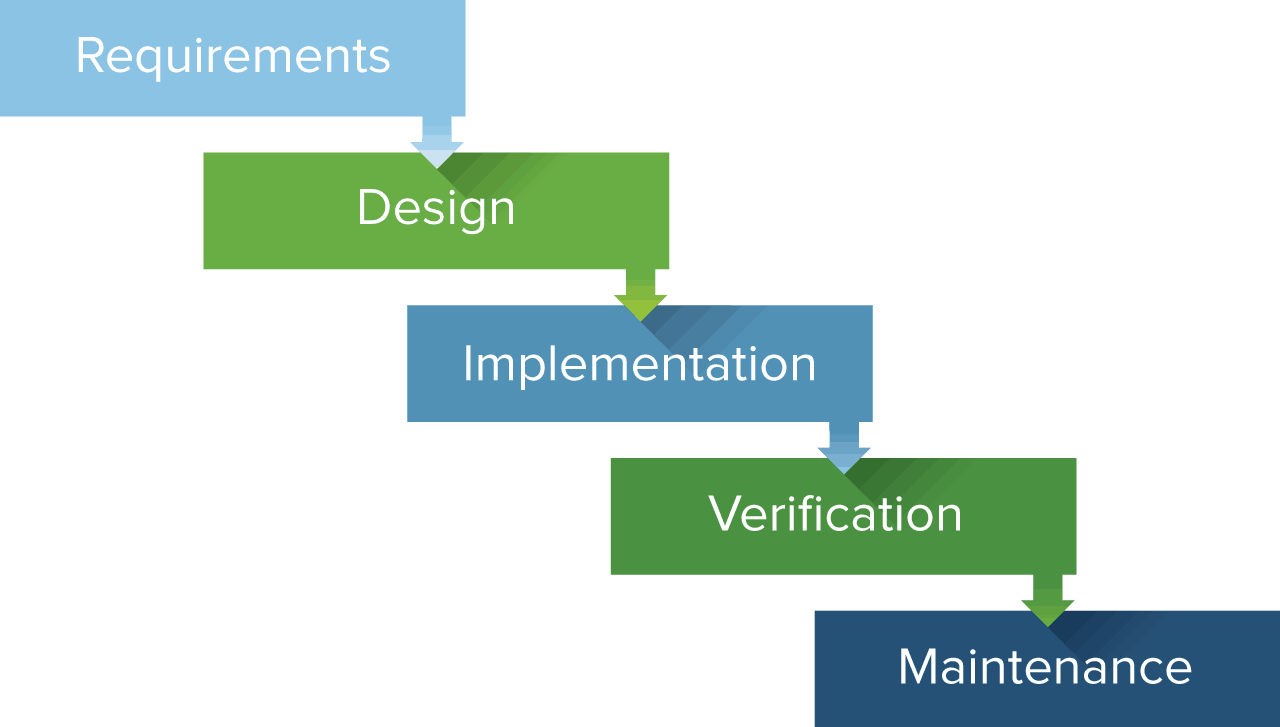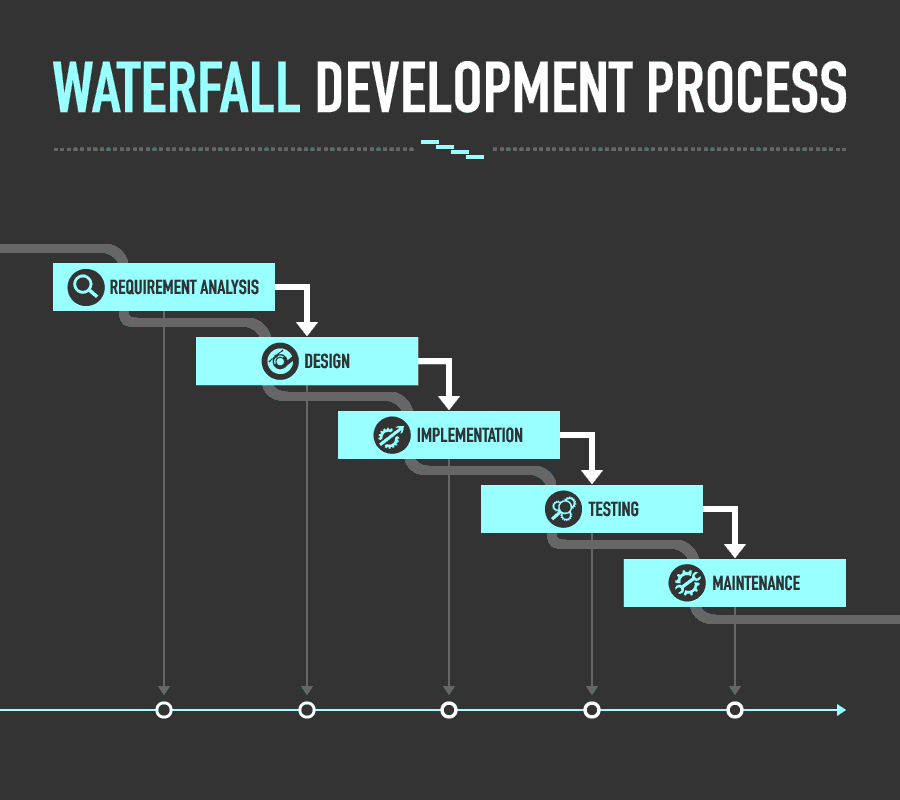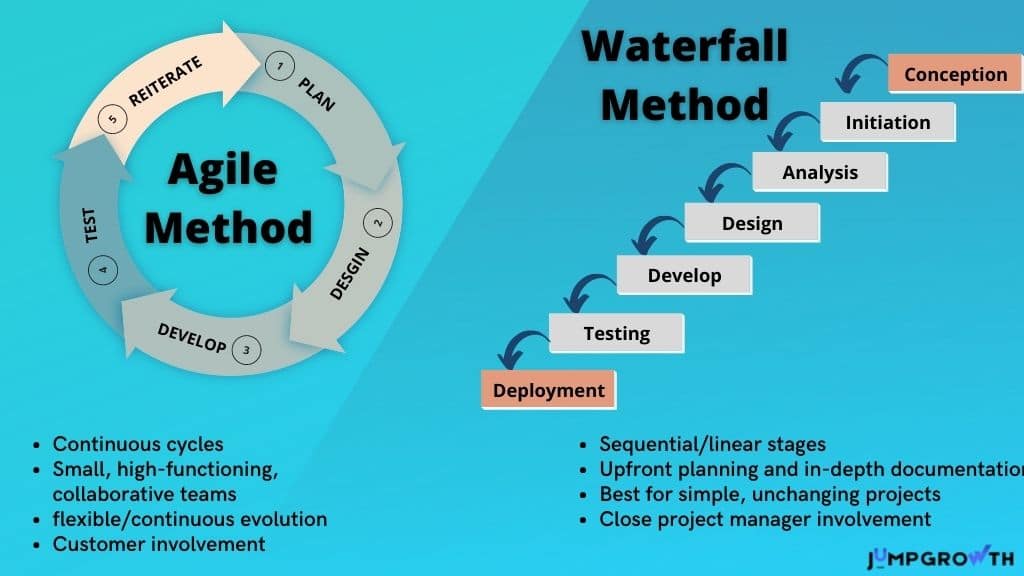

The design phase can be broken up into two subphases: logical design and physical design. Here, your team identifies the path it will take to deliver a solution and the relevant specifications. Once the requirements have been gathered, the system is then evaluated to gauge the tools needed and to create the models that will be used in the finished application. This is the stage when you review the requirements and develop a design to meet them. By gathering the requirements at the start of the project, it eliminates the need for further customer involvement and allows the team to plan every other phase. These requirements generally list what the application should do without considering how it will be accomplished. The customer requirements for the end product are gathered at the beginning of the project and compiled into a requirements document to guide the process. Here are the basic phases of the waterfall model: 1. Though the specific names and number of steps can vary depending on the developer or project, the concepts usually remain the same. There are typically five to seven phases in this method. The waterfall method has an inherently methodical nature that leads a project through straightforward steps.
#Waterfall project management phases software#
Related: Job Search Guide: Product Management and Software Engineering Stages of the waterfall method Though most commonly used in software development, the waterfall method can also be used in various other IT projects as well as in construction.


When using this method, customer and stakeholder requirements are collected at the start of the project and then used to develop a sequential plan to accommodate them. The process only progresses to the next phase of the project once the previous step has been completed.Įven though its popularity has diminished over the years in favor of increasingly more agile methodologies, the waterfall model's logical nature and simple implementation maintain its prevalence in the industry. When using this method, project development teams follow a progression of logical steps throughout the software development life cycle (SDLC). Waterfall methodology, sometimes referred to as the linear sequential life cycle or waterfall model, is a project management method that approaches development in a linear and sequential, or cascading, order. Related: Understanding the Project Management Processes and Phases What is the waterfall method? In this article, we explain what the waterfall methodology is, list the stages employed in this cascading method, compare it to the agile approach to project management and software development, and detail some of the waterfall method's advantages and limitations. It can be extremely effective due to its meticulous planning, attention to detail and linear implementation. The waterfall model is one of the most well-known project management methodologies you can use to guide your process and project phases.


 0 kommentar(er)
0 kommentar(er)
